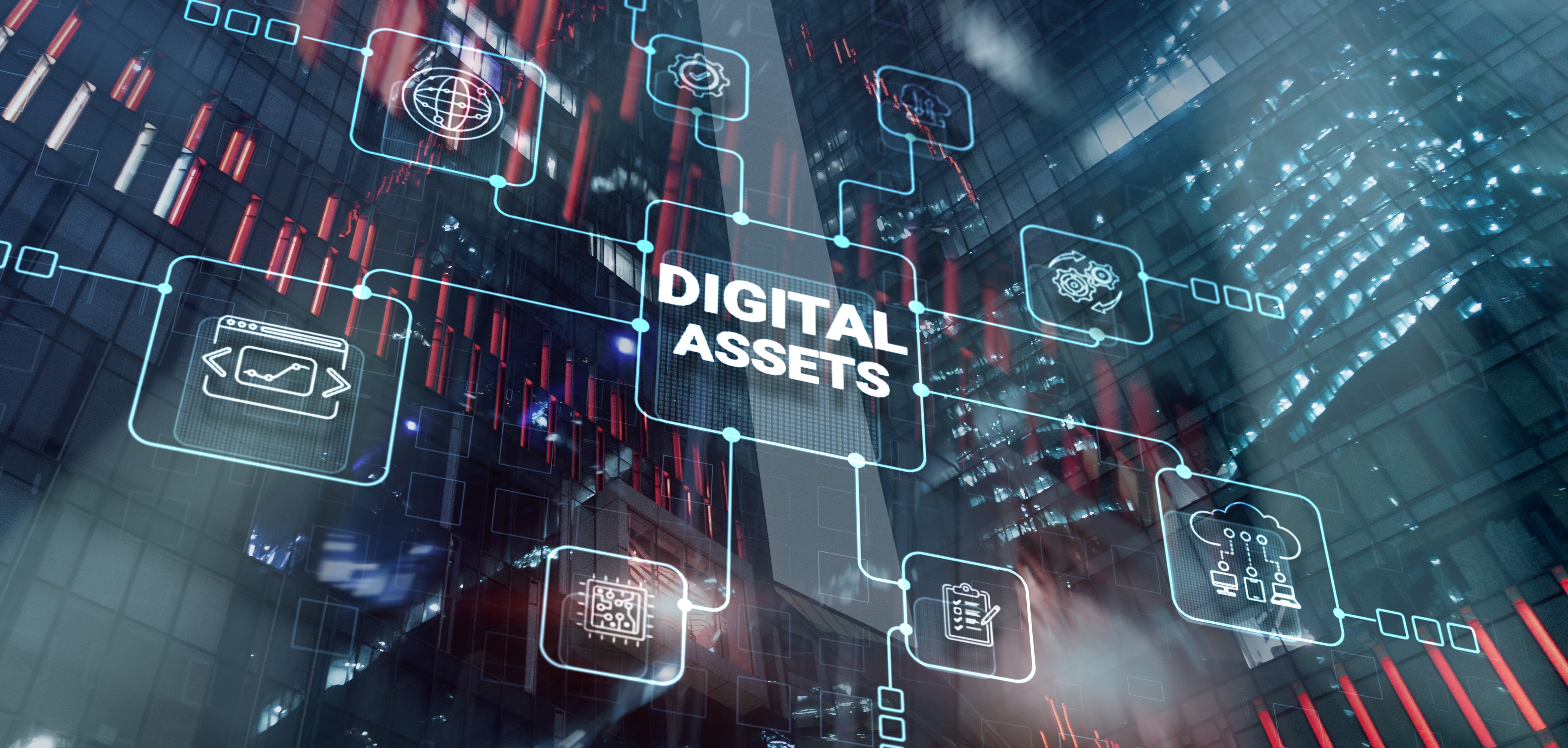
The term “digital assets” refers to a broad category of electronically stored assets. Understanding key terms associated with digital assets can help consumers make informed decisions, while recognizing potential risks.
Here are some terms to know:
Digital Assets: A digital asset is any electronically stored unit of value that can be owned, transferred, or traded. Common digital assets include stablecoins, non-fungible tokens, and cryptocurrency, among others.
Stablecoins: Stablecoins are digital assets designed to maintain a stable value by being pegged to traditional currencies (such as the U.S. dollar) or exchange-traded commodities or backed by reserves (or deposits, like a check). They are intended to reduce price volatility. However, not all stablecoins are backed by real assets and their stability depends on the issuer’s credibility.
Non-Fungible Token (NFT): NFTs are assets like a piece of art, digital content, or video that have been tokenized via a blockchain. "Tokenizing" real-world, tangible assets makes buying, selling, and trading them more efficient while reducing the probability of fraud.
Cryptocurrency: A cryptocurrency is an intangible asset that can function as a medium of exchange. Unlike traditional currencies issued by governments, most cryptocurrencies have no backing of governmental authority. Bitcoin and Ethereum are the most popular example of cryptocurrencies, although thousands of other cryptocurrencies exist, commonly referred to as “altcoins.”
Altcoins: Altcoins are generally defined as all cryptocurrencies other than Bitcoin – or in some cases, all cryptocurrencies other than Bitcoin and Ethereum, since most cryptocurrencies are forked from one of the two.
Meme Coins: Meme coins can be named after internet memes, trends, characters, individuals, animals, or a host of other things. Dogecoin is a well-known example of a meme coin. Usually created to engage a community, meme coins can be used in peer-to-peer payments, speculative investing, or trading. They are generally not suitable for long-term investing.
Blockchain: A blockchain is a digital ledger technology that records and verifies digital asset transactions.
Digital Asset Wallet: A digital asset wallet is a tool used to store and manage digital assets. Unlike traditional bank accounts, digital asset wallets are not federally insured, meaning lost or stolen funds may not be recoverable. There are three types of digital asset wallets including, hot wallets, cold wallets, and warm wallets.
Hot Wallet: Hot wallets are connected to the internet and allow for easy access and quick transactions. However, compared to cold wallets, they may be more vulnerable to cyberattacks. Common types of hot wallets are desktop wallets, mobile wallets, and web wallets.
Cold Wallet: Cold wallets are not connected to the internet and require human involvement to conduct transactions. Common types of cold wallets include hardware wallets and paper wallets. Cold wallets provide greater security, but they can be lost or damaged.
Warm Wallet: Warm wallets combine different features of hot wallets and cold wallets. These wallets are connected to the internet, but they require human involvement to conduct transactions.
Public Key: A public key is a unique code, like an email address or phone number, that allows others to send cryptocurrency to a digital asset wallet.
Private Key: A private key is a long string of characters that gives a user ownership of the funds in a wallet. Sharing a private key or losing access to it can result in permanent losses of digital assets.
Crypto ATMs (Bitcoin ATMs): Crypto ATMs (or Bitcoin ATMs) are machines that allow users to buy or sell cryptocurrency using cash or debit cards; some allow for credit cards or even gift cards. Users should be cautious since these machines often have high transaction fees and can sometimes be exploited for fraud. Individuals being urged to make a transaction on a crypto ATM should slow down and consider whether the transaction might be a scam.
*** Note: Beginning in Fall 2025, crypto ATMs in Nebraska will be regulated by the Nebraska Department of Banking and Finance, which will be able to help users to get their money back in certain circumstances.
Digital Asset Exchange: A digital asset exchange is a platform where users can buy, sell, or trade digital assets. Consumers should always research fees, security measures, and regulatory status before using an exchange.
Cryptocurrency exchange-traded funds (ETFs) or mutual funds: These funds track the price performance of cryptocurrencies by investing in a portfolio linked to their instruments. Like other such funds, investors can hold them in their standard brokerage accounts, offering exposure to cryptocurrencies without buying and storing digital assets in a personal digital wallet.
Staking: Staking is the act of buying and locking a certain amount of digital asset tokens to a network to aid in the node verification process. Staking allows users to earn the equivalent of fixed income or rewards. Instead of earning interest in the form of dollars, with staking, a percentage of the digital asset tokens are set aside and "staked," meaning the owner is agreeing not to trade or sell their tokens, which ensures a more stable network. Before staking, consumers should review the agreement.
Risks and Considerations
While digital assets have gained popularity, they may come with risks:
- Volatility: Prices can fluctuate dramatically, leading to unpredictable gains or losses.
- Security Concerns: Cyberattacks, scams, and lost private keys can result in financial losses.
- Lack of Consumer Protections: Unlike traditional banking, many digital asset transactions are irreversible and are not insured.
If you have questions or concerns regarding investments involving digital assets – or if you suspect a scam – call the NDBF at (402) 471-2171 or visit ndbf.nebraska.gov.
